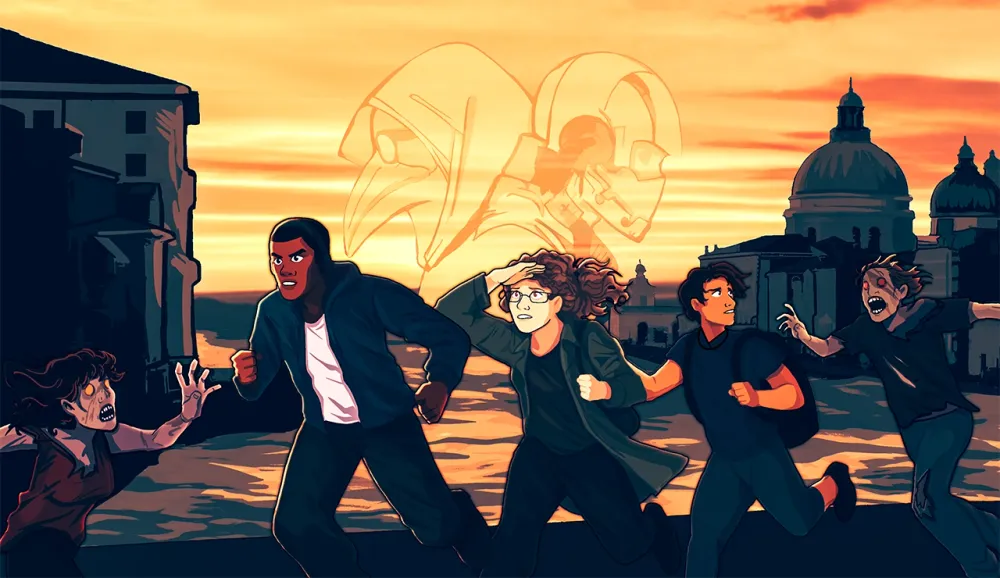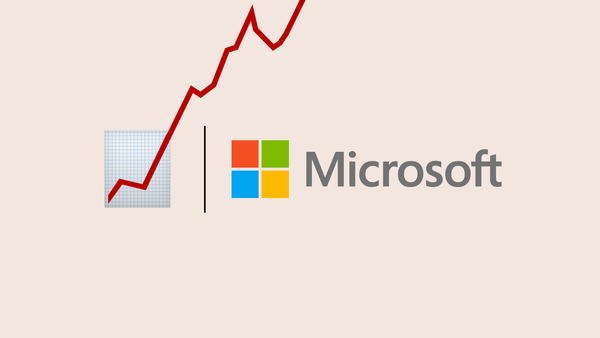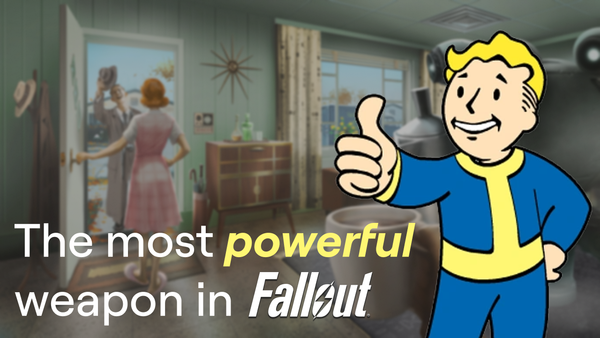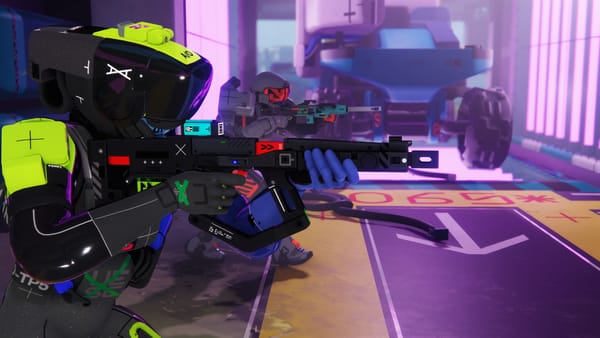Where are all the good fitness games?
There was a moment in 2012—when the Freshman 15 remained the Sophomore and Junior 15—that I knew I needed to find an exercise outlet. I spent much of my adolescence playing games—RPGs primarily—and, stereotypically, avoiding outdoor exercise. That changed a bit with high school soccer, but several years removed, I found myself both not knowing how to exercise and not having a reason to keep exercising when results were fleeting.
So, I did what most people do when they want to start a fitness journey: loaded up the App Store and went shopping. Was that the right call? I mean, probably not. Just like buying a new notebook won’t make you a novelist, I’ve had nearly two decades of practice in discovering that no app will build an Adonis without effort. But, during that summer I stumbled on two things: first, I found Zombies, Run!, and second I realized that I really enjoy running.
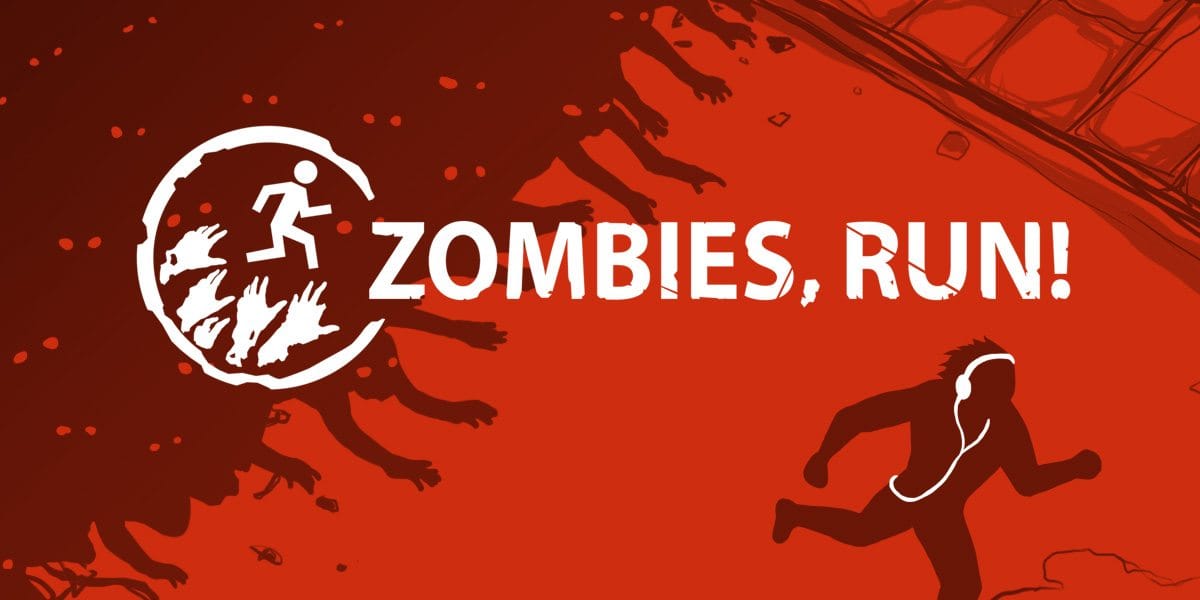
Zombies, Run! is an iOS and android app that is both a fitness tracker and a video game. In the version I played in 2012, the app was pretty barebones, but it had the kernel of something genius: while you run, you’ll collect digital supplies, listen to radio messages that progress a story, and have short intervals where you are “chased” by zombies. When you finished your run, you’d go back to “base” and spend your hard-earned supplies on upgrades or add-ons for the base. The story would progress as you ran more, the narrative and the base-building being the primary driver for hitting the trail more.
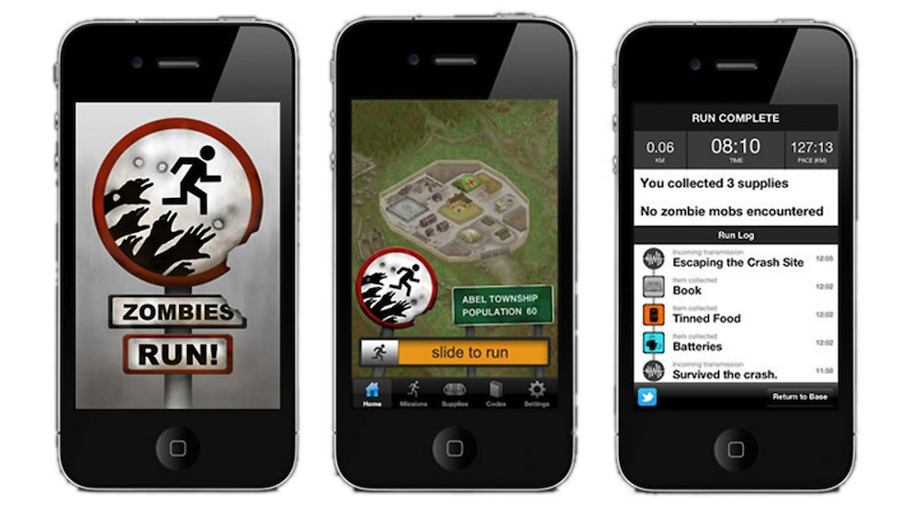
I loved Zombies, Run! that summer, pounding in more miles than I had ever before. I noticed my pace getting better (it had simple running metrics), but it was the gamified interval training and audio-logs that really did it for me. For someone who never had a solid workout plan before and never identified as a jock or lycra-swaddled athlete, Zombies, Run! was the perfect gateway game to get me started.
I ultimately fell off of the app after finishing the first season before they could launch more content and just transitioned to using FitBit metrics as motivation, but, even ten years later, I think about that one amazing summer. For what it’s worth, pursuing metrics for metrics’ sake has never been as effective as evading fake zombies.
Since 2012, I’ve gone back and looked at Zombies, Run!, though I’ve always ended up opting for more athlete-focused plans; zombies-based fitness felt fun in 2012, but it feels tired in 2025. I knew that Zombies, Run! had attained some level of success (they have a Marvel X-Men partnership and an entire platform of other stories), but I was surprised by how empty the market was. Even worse, in March 2025, it was announced that most of the staff of Six to Start, the makers of Zombies, Run!, were laid off.
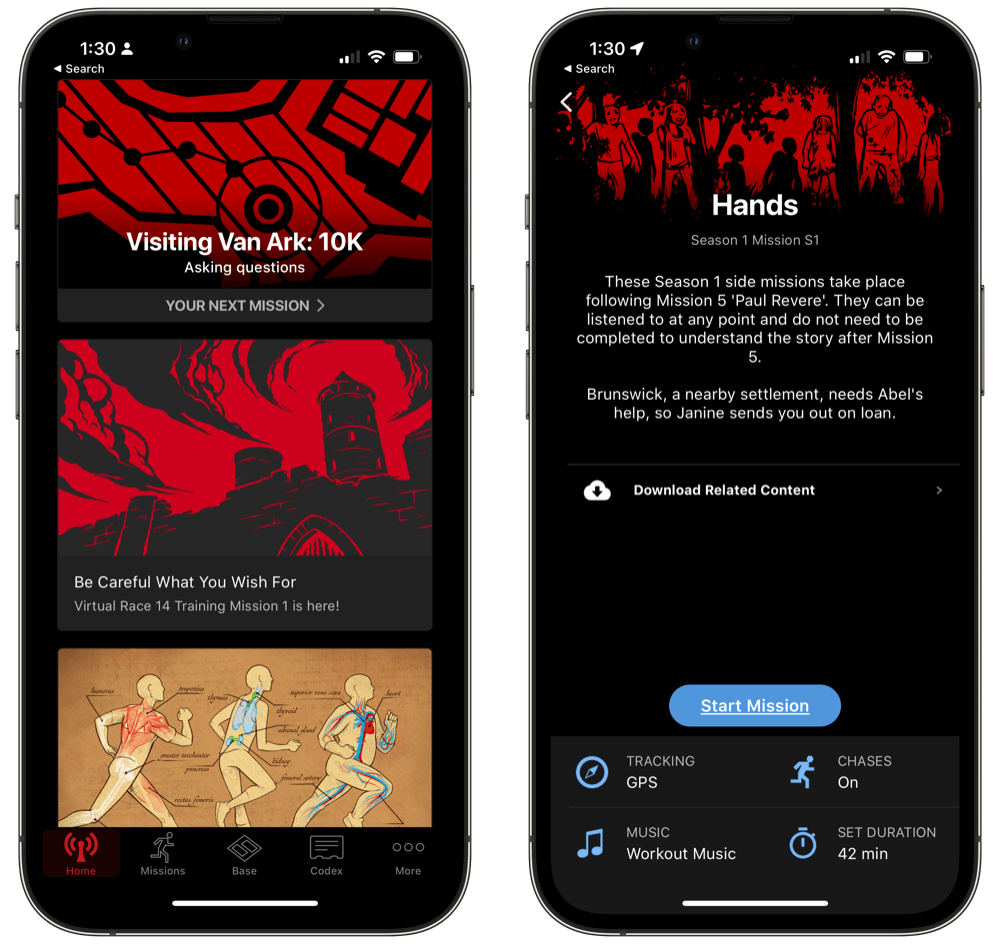
Last year, I wanted to start training for a half marathon. I looked around for different plans, books, and guides, but the first place I went was Zombies, Run! Like I said, zombies weren’t interesting to me, but I listen to podcasts when I run anyways so adding a game layer on top sounded like the perfect way to stick to a program. I scrolled to the “You might also like” section on Zombies, Run! and it was just normal fitness apps.
There was no fitness app boom. No factory game powered by the wattage you build up on your bike, no medieval fantasy courier shop, and no Martian-themed space survival game. You won’t find narrative games, but you also won’t find idle-style games that just ingest fitness data. The closest you’ll get is a play-to-win RPG packed with micro-transactions. It appears that the entire realm of fitness gaming has instead been gobbled up by Pokemon Go, Beat Saber, and whatever that weird mirror that critiques your form is.
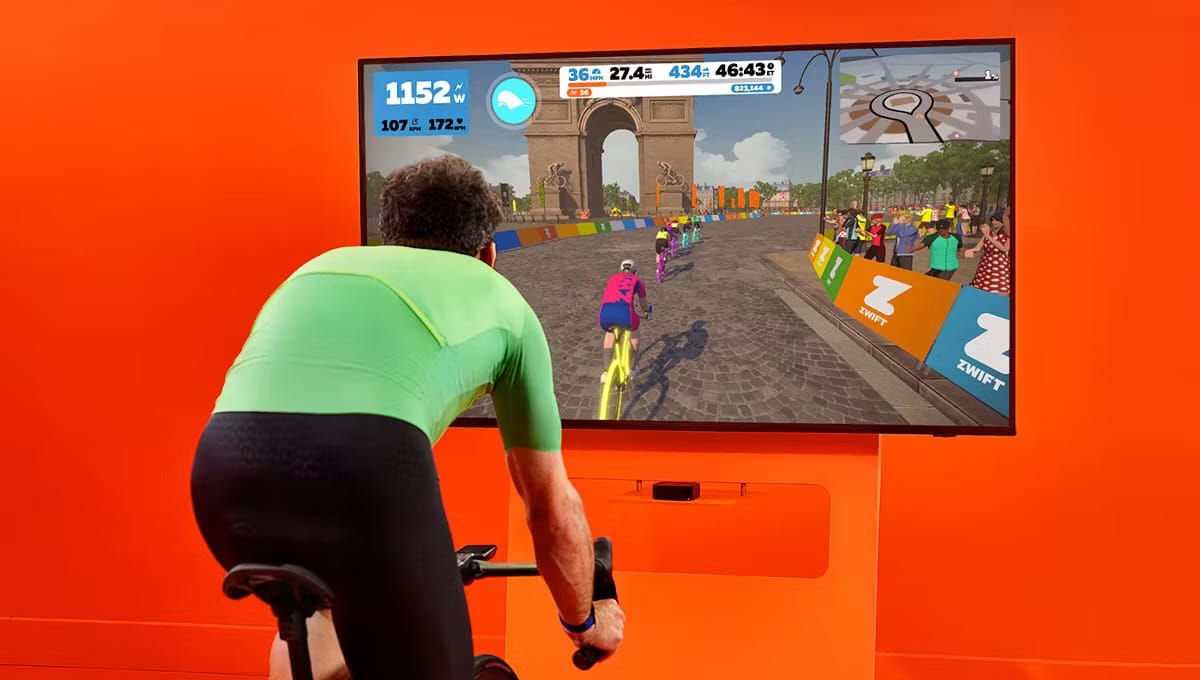
The closest to fitness gaming most “athletic” focused apps get is something like Zwift: a cycling and running app for indoor trainers. You load into Zwift from your stationary bike or treadmill and watch your digital avatar ride or run along a digital version of a real place. You’re not riding a light cycle or powering an early 20th Century bicycle-powered airplane. You can’t even run as Sabrina Carpenter or Optimus Prime. You can pay for digital versions of real-world bike parts to improve your in-game speed, but the concept of the Fortnite shop exists only to give you a pay-to-win competitive edge in time trials.
So where are all the fitness games? And why, in the past 13 years, has Zombies, Run! (now called ZRX) been the only app to really corner the market? Is the barrier between gamer and athlete too difficult to breach, or is the supplement-buying, performance-gear wearing athlete crowd just too ripe of an opportunity to monetize? Would it be so hard to sell an RGB-equipped rowing machine?
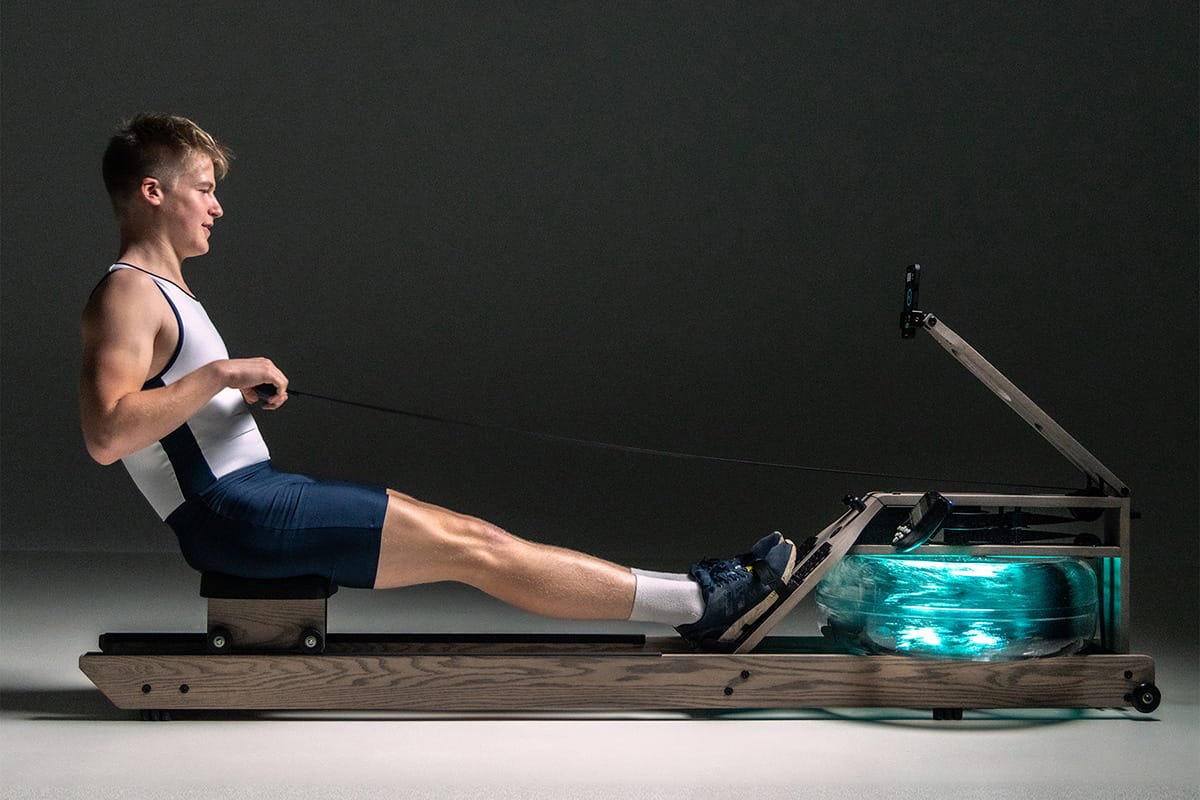
I’m not a business guy and I’m just one person, but the lack of fitness gaming—especially after seeing how sticky something like Ring Fit Adventure could be—feels like a massive missed opportunity. There is clearly a need for fitness to become even more mainstream and lowering the barrier to getting healthy exercise. Some people will be motivated by the time outside, others by the pursuit of excellence, but winning in a fitness game can be just as powerful as achieving gains.

Peloton and the myriad spin clubs have found a way to get non-gamers to care about RPG-style metrics and leaderboards, so why not go all the way? Whether it’s screen-based like using a tablet on your stationary bike or an idle-style game like Zombies, Run!, there are plenty of existing big budget games packed with mini-games that could be adapted into these forms. You can get silly with it by bringing back the second-screen experience of Xbox 360 era gaming (run as an Assassin’s Creed Shadows scout) or build something bespoke. Imagine Moonlighter as a well-rounded exercise game: run through the dungeon at night, use dynamic lifting motions to stock your shelves, then set your prices during cooldown.
Games like Destiny, Fortnite, or Stardew Valley have figured out how to make a game sticky, why can’t some of those same principles be applied to a game that encourages you to get off the couch instead of sinking into it? Sure, it’s possible those games would follow the path of console gaming and be overtaken by micro-transactions and aggressive retention tactics, but would it really be so bad to have more people completing their deadlift dailies?


